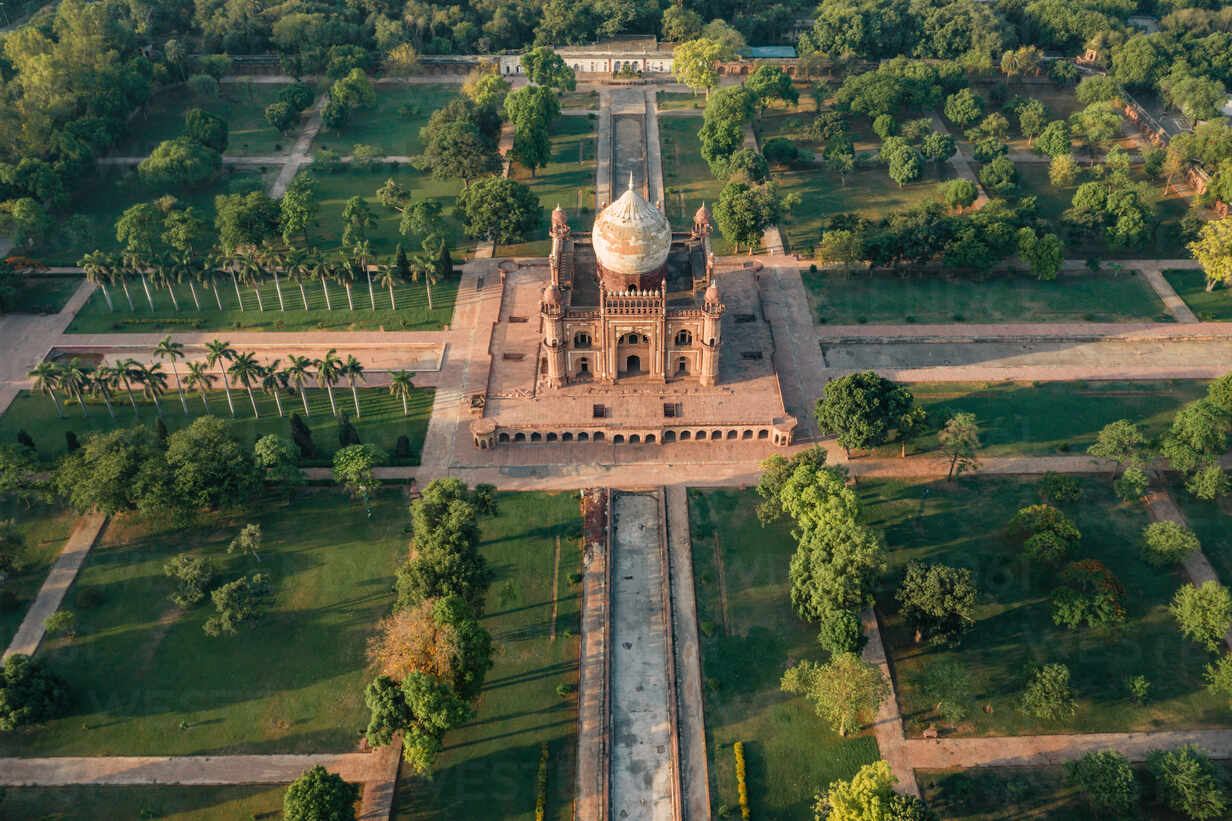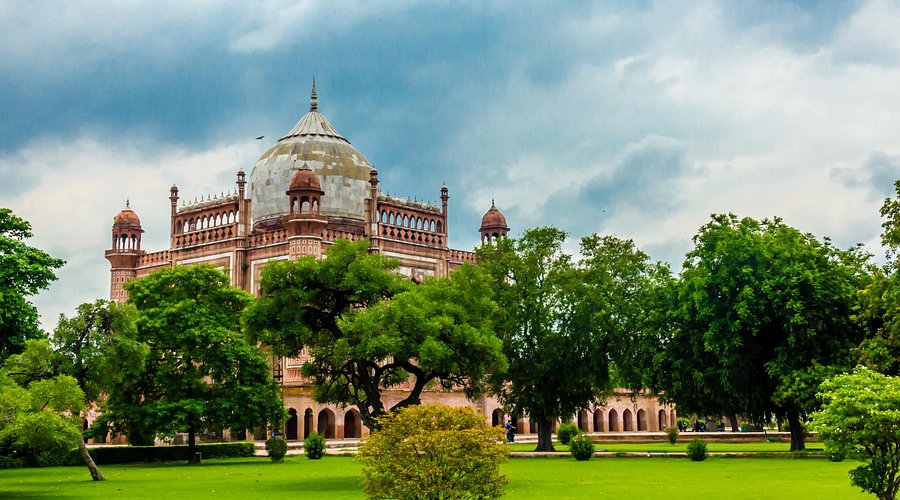The Dark Secrets of Safdarjung Tomb
In the heart of Delhi, tucked between the cacophony of city life and the silence of forgotten history, stands an architectural marvel often overshadowed by its more famous Mughal counterparts—Safdarjung’s Tomb. Built in 1754, it marks the twilight of the Mughal era, an opulent mausoleum for Nawab Safdarjung, the powerful prime minister of the fading empire.
However, beneath its graceful dome, intricate lattice windows, and red sandstone arches lie eerie whispers, paranormal sightings, and chilling secrets.
Safdarjung Tomb History
Understanding who Safdarjung was is essential before delving into the paranormal. Born Mirza Muqim Abul Mansur Khan, he was given the position of Wazir, or Prime Minister, by the weak Mughal emperor Ahmad Shah Bahadur.
Safdarjung, a shrewd politician and military commander, almost acted as a puppet master and held power from behind closed doors. Admired and envied, he remained loyal to the Mughal throne, even as it declined.
Safdarjung Tomb was built by his son, Shuja-ud-Daula, in 1754. It was a last attempt to immortalize his father’s legacy when the empire was falling apart. The tomb’s design echoes the glory of Humayun’s Tomb, but with a simpler grandeur, symbolizing a dynasty in decline.
Whispers at Dusk: The Talking Tomb
Though the site is popular for its lush gardens and Mughal architecture, guards say the story changes after the gates close.
An anonymous guard shared:
“At night, it’s not silent. You hear faint Persian or Urdu whispers, as if two people are talking. But nobody is there.”
He once followed the whispers toward the central dome, only to be met with a sudden cold gust—and silence. Many believe Safdarjung himself still discusses politics with the dead.
The Locked Room Beneath the Tomb
Beneath the main chamber lies a sealed basement room. Officially, it once held the coffin. Yet, a restoration attempt in the 1980s revealed something darker.
A worker claimed there were strange inscriptions and bones, both human and animal, inside. The chamber was quickly sealed again, with officials citing “unstable ground.” Paranormal historians call it a tomb within a tomb.
Mirrors that Make the Dead Appear
An old Delhi legend speaks of a Persian mirror once kept in the corridor leading to Safdarjung’s cenotaph. Looking into it, people often saw a Mughal figure standing silently behind them.
Due to repeated complaints from night guards, the mirror was removed in the early 1900s by the British. Last recorded at the Victoria and Albert Museum in London, it has since been “misplaced.”
Even now, visitors say they feel a shadowy presence in that same corridor.

The Architect’s Curse
The tomb was designed by Persian architect Bilal Khan. He allegedly warned Safdarjung’s son that the tomb’s misaligned stars invited negative energy. His warning was ignored.
Soon after, Bilal’s family disappeared in Persia, and he died mysteriously in Delhi—unburied, his body missing. Some say his restless soul still lingers around the tomb.
Paranormal Investigations
In 2011, a group called Delhi Haunting conducted a secret night investigation.
-
At 3:12 AM, they recorded a loud thump inside the cenotaph chamber.
-
Chanting in Persian was caught on audio.
-
Cameras malfunctioned after capturing a dark silhouette.
-
One investigator suffered hallucinations for weeks, hearing footsteps and dripping water at home.
Why You Feel Watched at Safdarjung’s Tomb
Visitors often report feeling watched as they walk inside the corridors. Some even note how birds refuse to sit on the central dome. Scientists attribute the unease to architecture and acoustics, but the experiences remain unexplained.
Occult Connections
Rare manuscripts suggest that Safdarjung was a patron of Ilm-e-Hikmat, a mystical practice blending astrology, necromancy, and alchemy.
It is said that during the tomb’s foundation ceremony, mystics performed the “Zinda Qabr ka Amal” (Ritual of the Living Grave), to bind his soul to the monument forever.
This might explain why Safdarjung’s energy still lingers centuries later.
Safdarjung Tomb Location & Visiting Details
-
📍 Safdarjung Tomb Location: Lodhi Road, New Delhi.
-
🚇 Safdarjung Tomb Nearest Metro Station: Jor Bagh Metro (Yellow Line).
-
⏰ Safdarjung Tomb Timings: 7:00 AM – 5:00 PM, all days of the week.
-
🏛 Entry fee: ₹15 (Indians), ₹200 (foreigners).
-
⭐ Safdarjung Tomb Reviews: Visitors admire its peaceful gardens, Mughal symmetry, and photography value—though some report a haunting calm.
Last Thoughts
At first glance, Safdarjung’s Tomb is peaceful—green lawns, birdsong, couples clicking selfies. But beneath the surface lies something darker: unheard rituals, occult connections, and restless whispers.
It is not just history—it may be home to invisible occupants still guarding secrets. If you ever visit, pause at the threshold, look up at the dome, and listen. You might just hear what others have been missing for centuries.
Disclaimer
The historical Safdarjung Tomb in Delhi is known for its Mughal architecture and beauty. Some people associate it with ghost stories, but these accounts are based on local folklore and personal beliefs, not scientific proof. This blog shares both the history and mystery of the site. Readers should view the paranormal tales as legends, while respecting the tomb as an important cultural monument.




